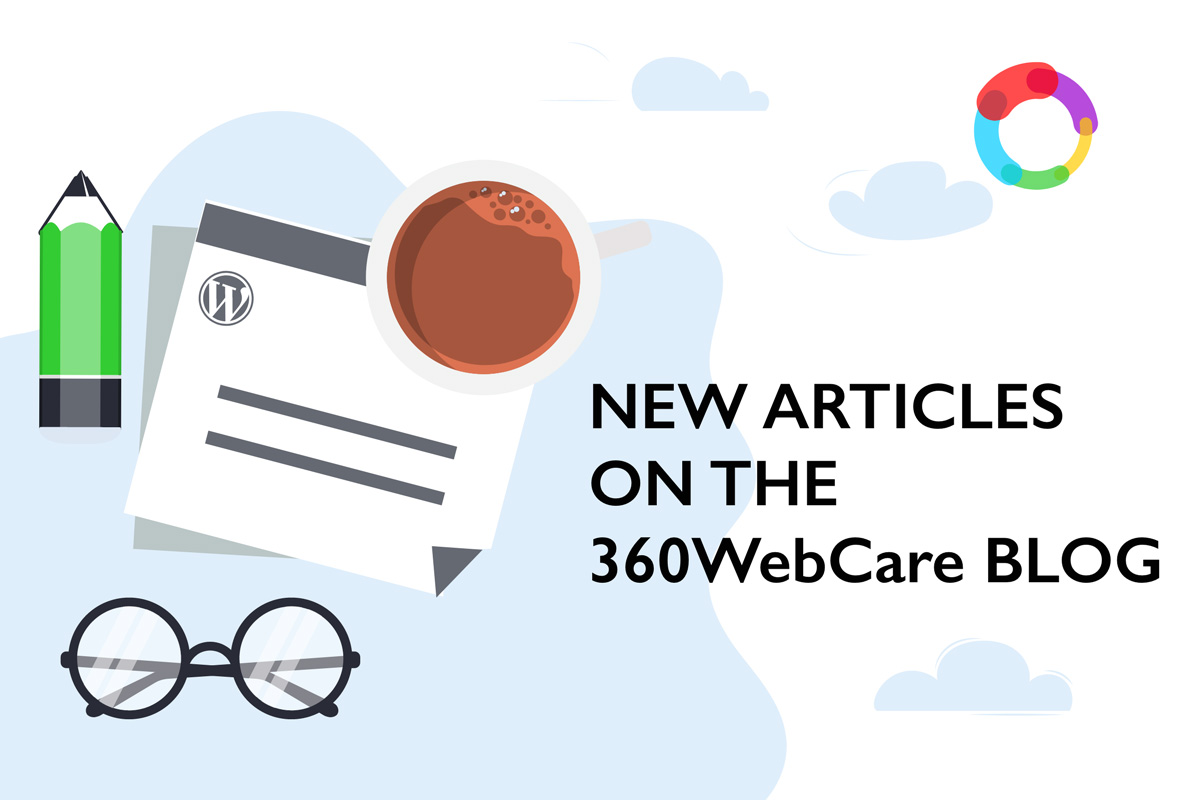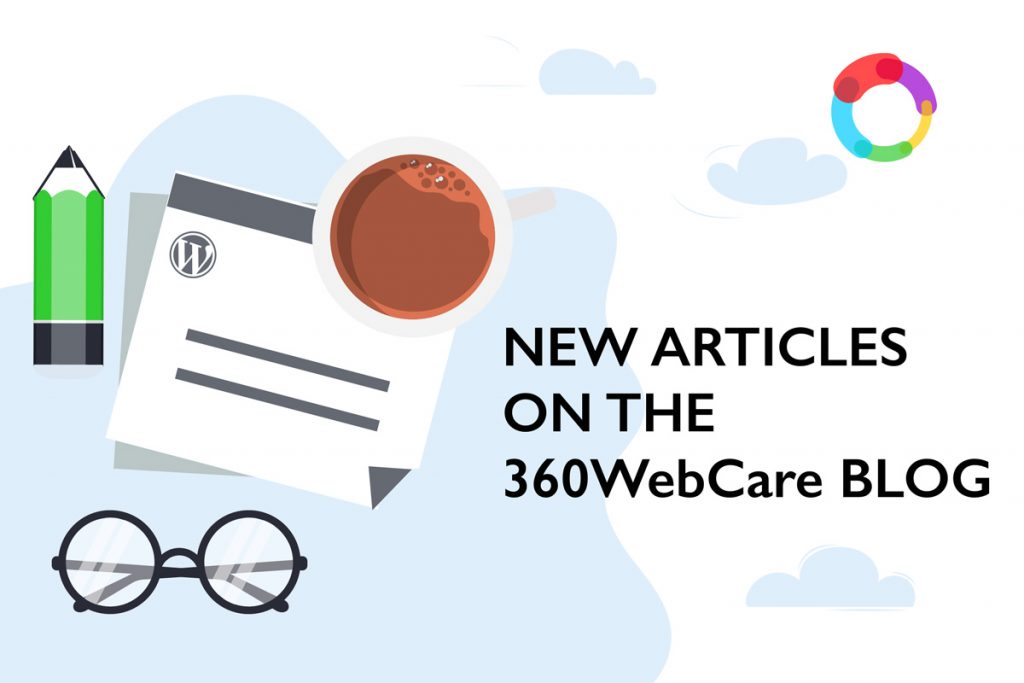Check New Articles on the 360WebCare Blog.

Welcome to the new articles on the 360webcare blog! We’re excited to start sharing content with you that will help you stay up-to-date on the latest trends in digital marketing. In this post, we’ll be highlighting some of our recent articles. Be sure to check them out and let us know what you think!

Cost of website downtime.
Website downtime is never welcome for any business. A website that is unavailable online or not functioning can result in a loss of customers and revenue. Downtime can be costly for companies of all sizes. An updated article on the blog “The Cost of Website Downtime” discusses the impact of website downtime on businesses and elaborates the downtime cost calculation topics.
For businesses, website downtime can significantly impact the bottom line. Preventing or minimising downtime is essential to keep your business running smoothly. Post also outlines how to avoid website downtime and minimise downtime’s impact if it does occur.
Login hiding in WordPress.
If you’re a new WordPress user, you may have encountered the practice of login hiding – obscuring or changing the login page URL to improve security. However, this is not an effective security measure and can do more harm than good.
Recently, 360webcare.com published a new blog post, “Why is login hiding weak security in WordPress?” about login hiding, which covers the risks in more depth. I encourage you to read it if you consider this approach for your website. In short, login hiding does not make it more difficult for attackers to find your login page; it just makes it more difficult for legitimate users to log in.
Here at 360webcare.com, we believe in security through transparency. That’s why we’ve written a new blog post about login hiding – what it is, why it’s a bad idea, and what alternatives you can use to keep your site safe. We hope you’ll check it out and let us know your thoughts!
Should we justify texts online?
In a new blog post, we examine why we shouldn’t justify online texts. As the internet has inherited many text editing styles and practices from print, one of the features of text editing and displaying in the browser window is text alignment. When it comes to online text, however, left-aligning your text is generally considered better practice than justifying it.
There are a few reasons for this:
- Justified text can create large rivers of whitespace between words, which can be distracting to readers.
- Justified text can also create uneven word spacing, making your text more challenging to read.
For all these reasons, we recommend you avoid justifying texts online and stick to left-aligned instead. If you are interested in more information on this topic, check our article “Why shouldn’t we justify texts online?“.
Categories and tags in WordPress.
If you’re a WordPress user, you’re probably familiar with categories and tags. But what exactly are they? And what’s the difference between the two?
Essentially, categories and tags are both taxonomies. That is, they’re a way of grouping and organising content. The main difference lies in their structure. Tags have a flat structure, while categories have a hierarchical structure. Categories can be nested within other categories, but tags cannot.
Both taxonomies can be helpful for organisation and navigation on your WordPress site. When creating a new blog post, take some time to consider which categories and tags would be most appropriate. That way, your readers can easily find the content they’re looking for, and it can improve the user flow on your website.
Our article covered these topics and, even more, if you’re interested, read the post “What are categories and tags in WordPress?”.
If you are interested in more WordPress and online marketing news, please follow us on Linkedin. Thanks for reading 🙂